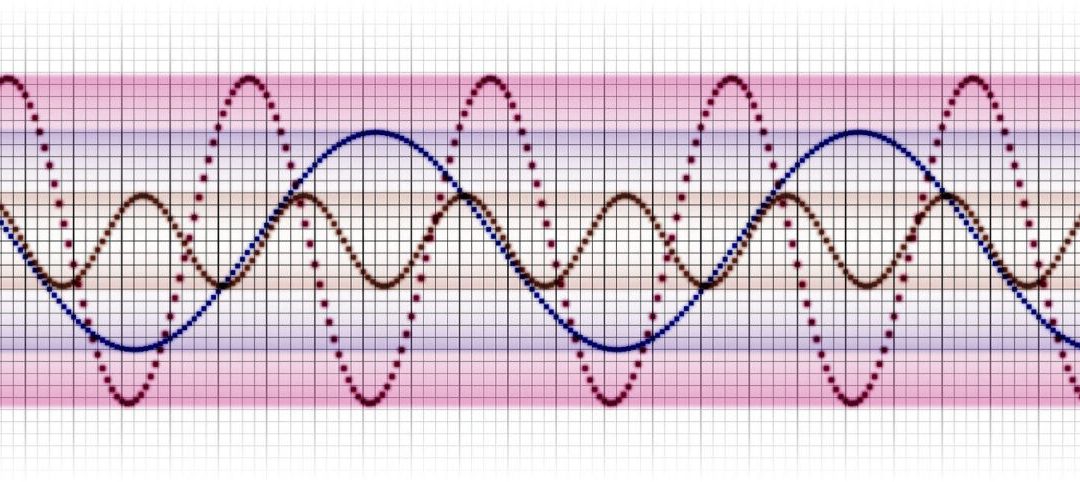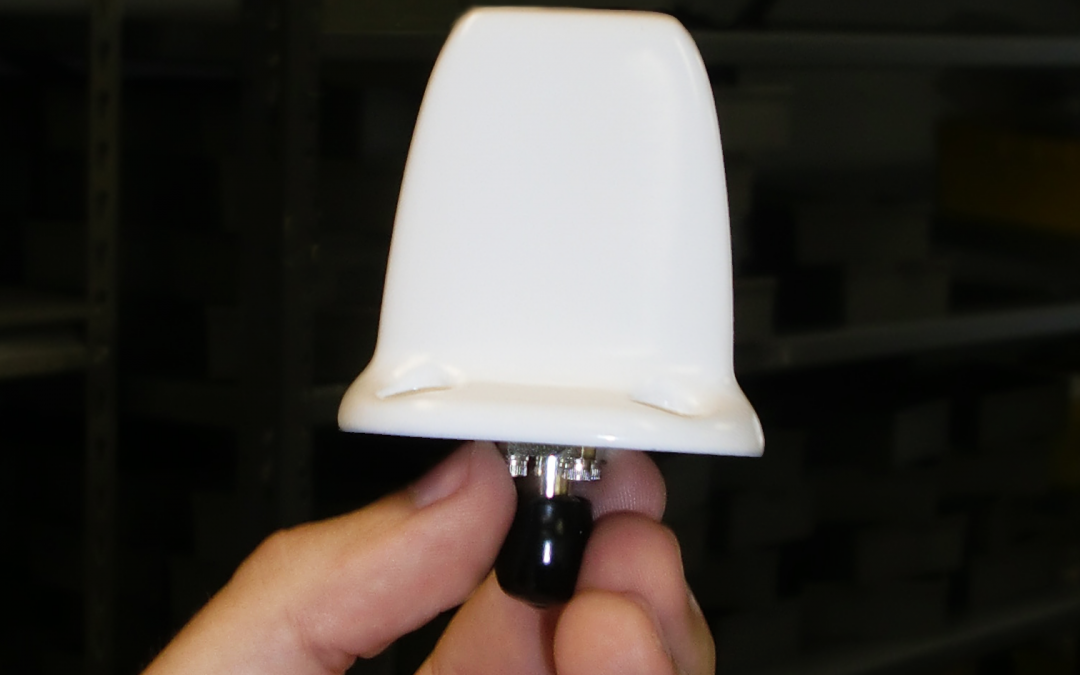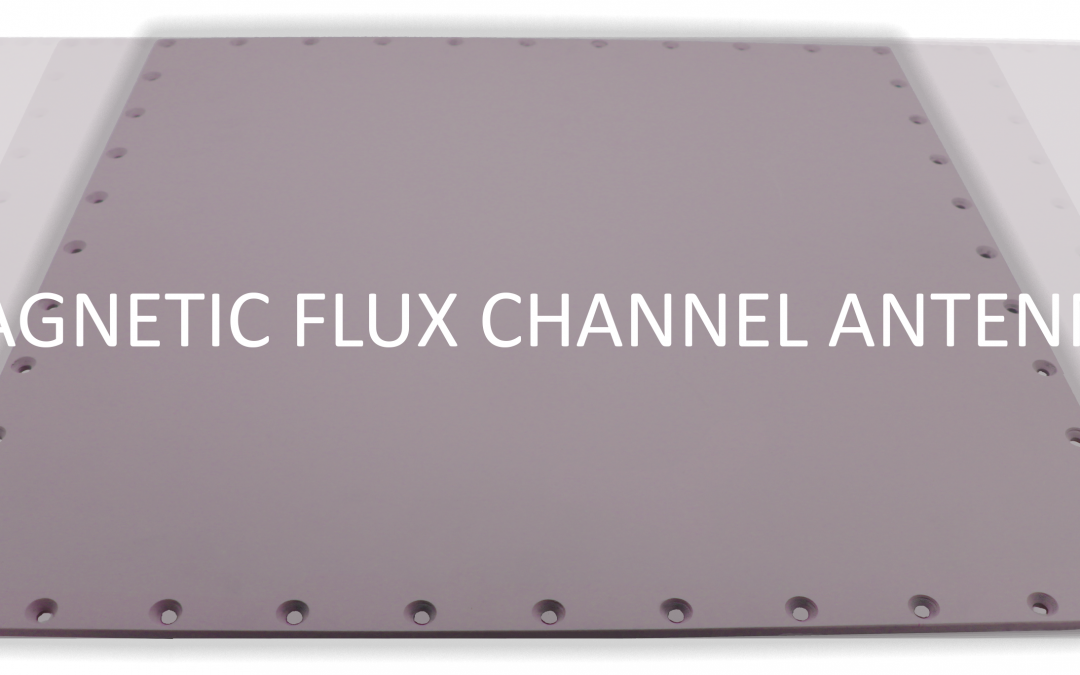Improving Antenna Performance with RF Over Fiber
September 2022In previous posts, we discussed how technologies such as the magnetic flux channel (MFC) antenna and flat panel antenna (FPA) will affect the antenna industry. In this post, we introduce another technology that we expect to see more of as the industry continues to favor versatile, low-maintenance, and cost-effective solutions: RF over fiber.
RF over fiber, simplified as ‘RFoF,’ is the method of converting a radio wave (RF) into light by modulating the intensity of the light source (typically a laser) with RF signal.
This is an analog process, meaning it requires no manual digitization. The light signal is then transmitted over a fiber optic cable, which replaces and exceeds the capabilities of traditional copper coax cable. Unlike coax, which is typically limited to approximately 300 feet, RFoF is not distance-limited. RFoF’s signal loss is less than 0.5 dB/km, allowing for connections of several kilometers without the need for amplification.

Furthermore, RFoF is inherently technology agnostic. This means that not only can it integrate with existing hardware, but the components can also upgrade easily throughout their service life. PPM Systems’ technology, for example, integrates quickly and easily, mating seamlessly with standard analog output ports. Their systems also leave room for integration with future technology and equipment from other suppliers. To add to this versatility, all types, modulations, and classifications of signal can be carried on a single, flexible and compact RFoF cable. This saves physical space while improving overall efficiency.
Because fiber can be part of a distributed network, it’s impervious to interference from other electromagnetic signals (EMI/RFI). This allows for flexible optical routing, distributed processing, and antenna remoting.
Additionally, with all its built-in benefits, RFoF is comparatively less expensive than most high-end, low-loss coax cables and slope compensation amplifiers. Its cost-effectiveness is also due, in part, to the fact that the technology requires less maintenance overall.
Essentially, RFoF can not only improve, but also evolve with antenna technology.
RFoF is applicable in a variety of settings, including SATCOM, maritime, SIGINT, GPS, secure comms, and aerospace.

More about JEM Engineering and PPM Systems
For the past 20 years, JEM Engineering has supplied world-class antenna systems for both commercial and defense applications. Not only do we continue to create custom solutions for our clients, but we also continue to cultivate business relationships with suppliers and partners in the RF industry in order to develop ground-breaking technologies, as well bolster our current product offering. Specializing in RFoF, as well as other technologies, PPM Systems is a global supplier of application-specific RF solutions. They frequently integrate their core fiber optic transmission technology within third-party systems or as part of an antenna system that fulfils a specific customer requirement, such as robotic remote threat sensing. PPM’s antenna systems utilize a range of antenna designs to provide optimized performance.
Latest Posts

What is Beamforming?
The term beamforming refers to a method of directing a wireless signal towards a specific receiving device, whereas the alternative would be allowing the signal to spread in all directions from a transmitter the way it naturally would.

Antenna Miniaturization
As the phrase suggests, antenna miniaturization is the process of replicating an antenna’s functionality while reducing its physical size.

What is a Magnetic Flux Channel Antenna?
Years ago, JEM Engineering developed the Magnetic Flux Channel Antenna. Now, the company has a series of these types of antennas, nicknamed MFC Antennas.
